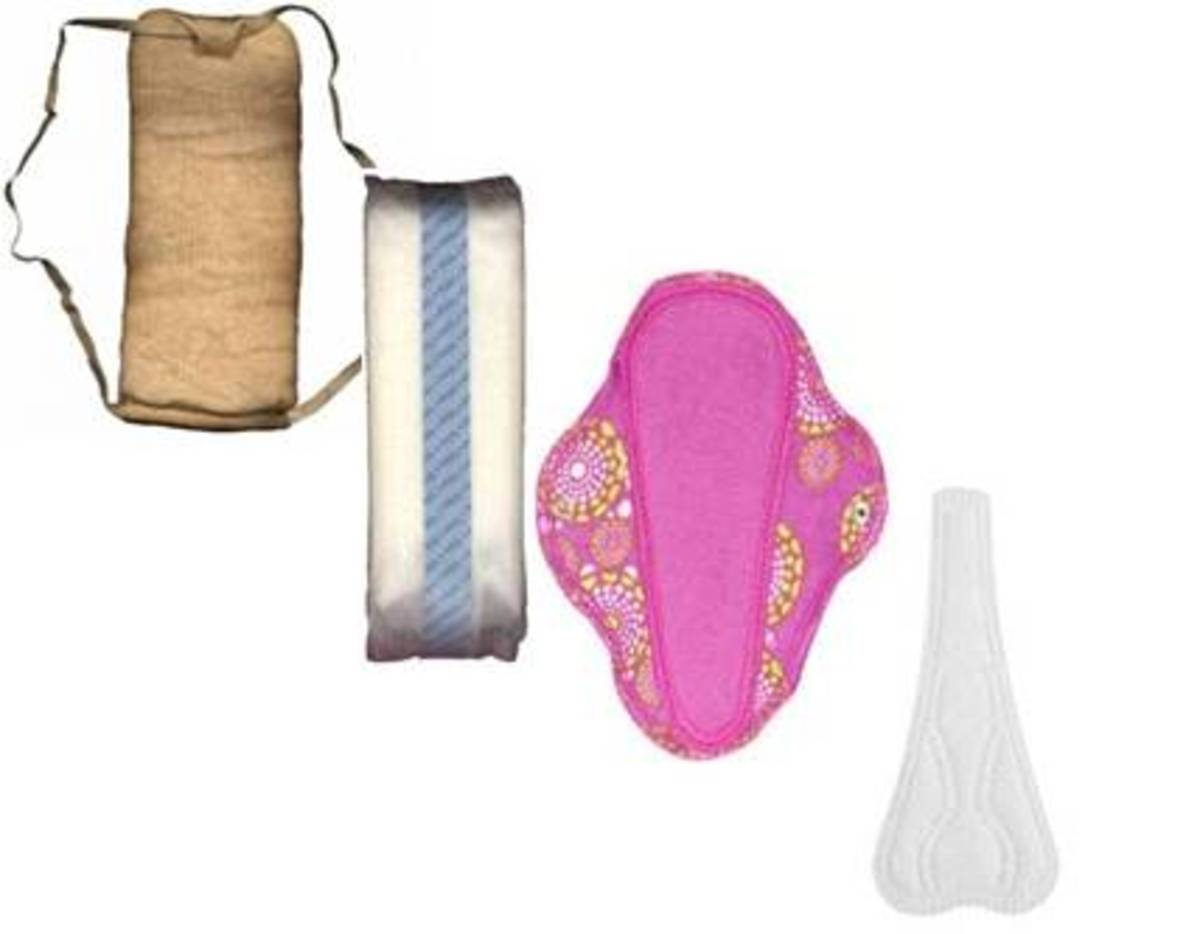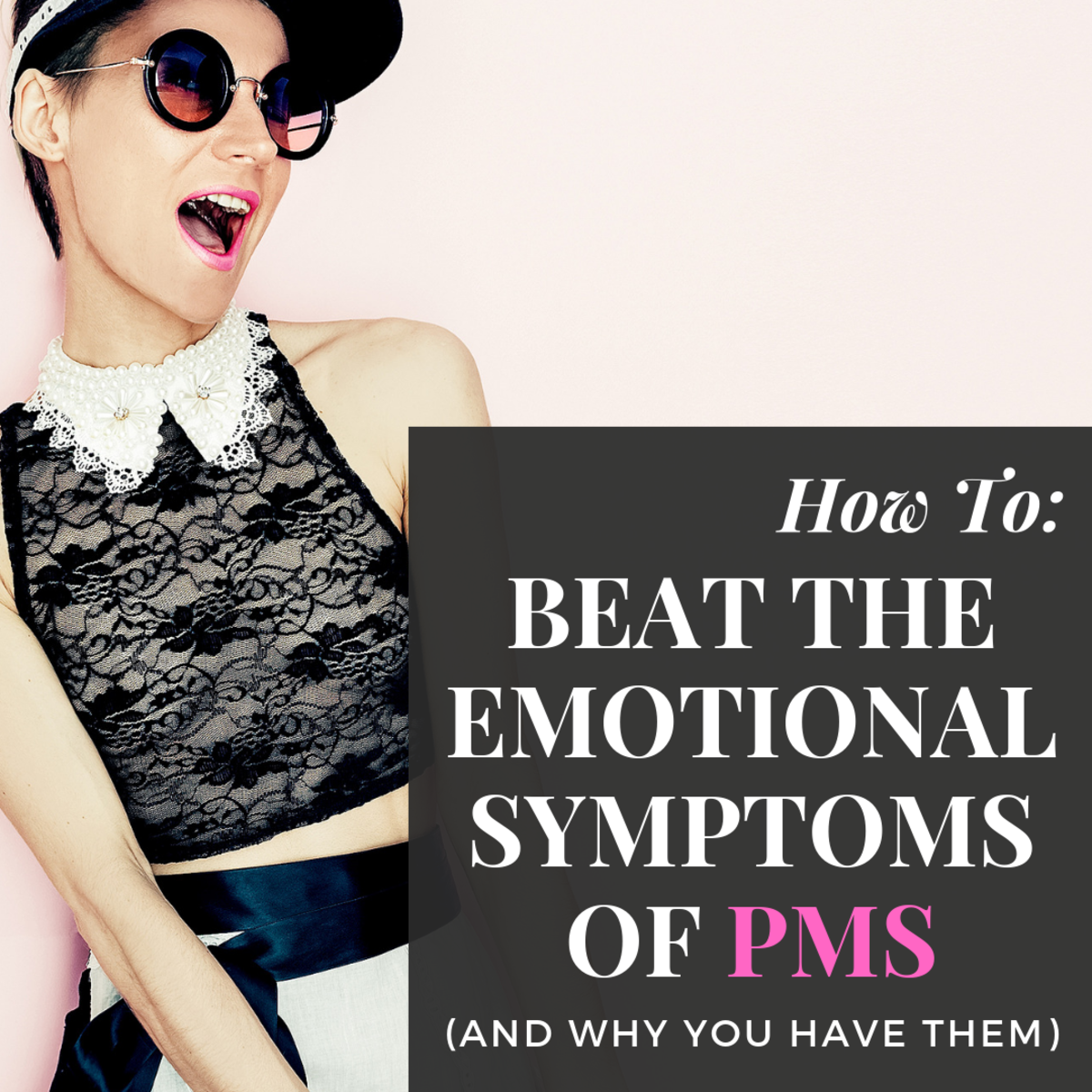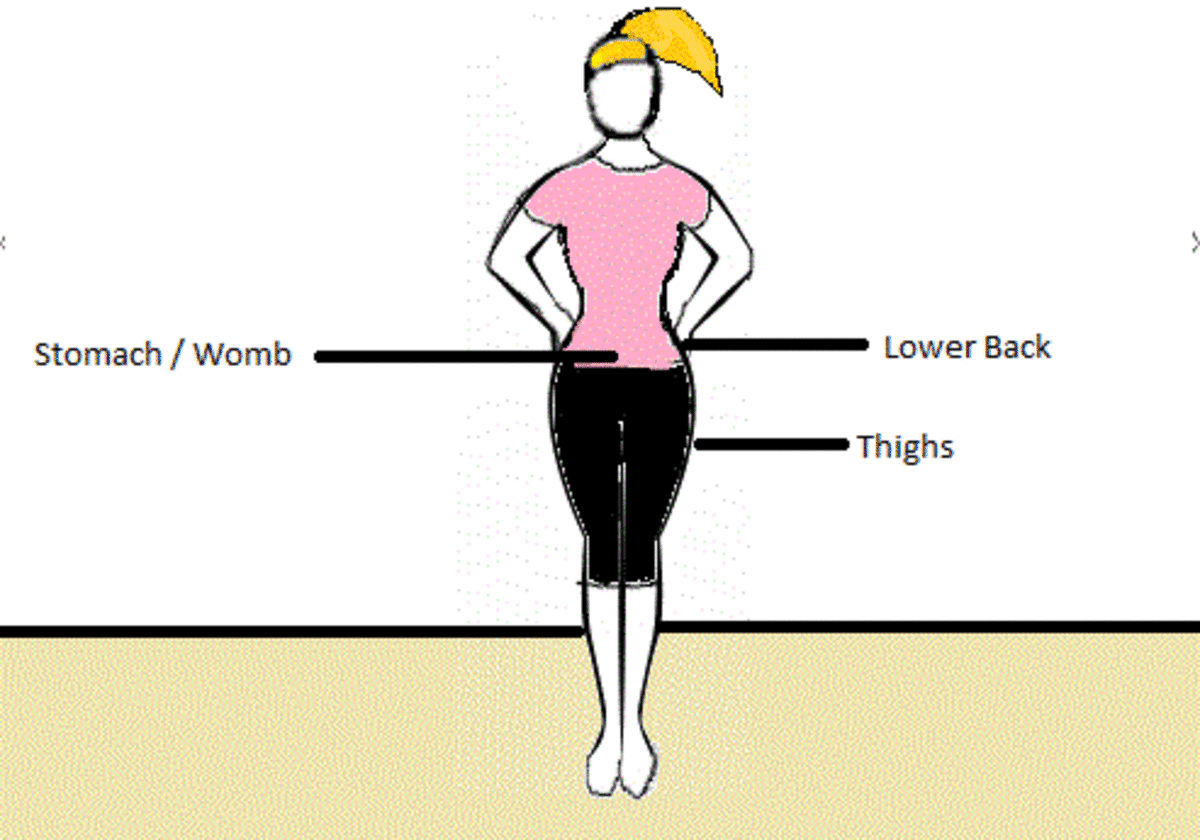Dysfunctional Menstrual Cycles Before Menopause
Peri-menopause and Excessive Bleeding
Excessive and prolonged menstrual bleeding is uncomfortable and scary, especially if it goes on more than seven days, or even a month. Any woman, who is experiencing this kind of menstrual bleeding, might want to think about contacting her health care provider. If a woman does not have a health care provider, she might want to find one, just to make sure that everything is ok, or if there is a problem, then the health care provider can help to solve the problem with the abnormal menstrual bleeding.
Some women may experience excessive and/or prolonged bleeding when they first start the first stage of menopause, which is Peri-menopause. Peri-menopause usually start a few or more years, before the onset of menopause. It is a good idea to see a health care provider to make sure that there is nothing wrong, and/or to find the underlying cause of the bleeding, so that it can be treated.
Menorrhagia--Abnormal Menstrual Bleeding
Menorrhagia and Causes of Abnormal Bleeding
Menorrhagia is the medical term used to describe abnormal bleeding from the uterus, and also describes heavy menstruation. There are many causes of excessive and prolonged menstrual bleeding in women that may occur in the period, before the onset of menopause and during menopause, which is not normal. There may be an imbalance of hormones depending on the hormone levels, the ovaries may or may not release an egg, which can cause excessive, and/or prolonged menstrual bleeding.
Other causes may be fibroid tumors, which can grow in the uterus, or in the uterine muscle, cervical and endometrial polyps, lupus, pelvic inflammatory disease (PID), cervical cancer and endometrial cancer can cause excessive menstrual bleeding.
Peri-menopause and Estrogen Levels
The estrogen levels decline during Peri-menopause, which can result in periods becoming irregular, or sporadic, lighter or heavier, and may even cause heavy continuous bleeding. Continuous menstrual bleeding can possibly be a sign that something might be wrong. A health care provider can perform tests to try and find out if there is a problem, and if there is a problem the health care provider can find out the cause and be able to treat it.
Some other causes of excessive menstrual bleeding are: platelet disorders and Vitamin K deficiencies (not common). Poor nutrition, or any gastrointestinal diseases that cause a deficiency of Vitamin K, should be considered as a cause of excessive and prolonged menstrual bleeding.
Dysfunctional Uterine Bleeding (DUB)
Dysfunctional Uterine Bleeding (DUB) can happen to women in their 40's, or 50's, who are still having menstrual cycles, and having excessive menstrual bleeding not caused by polyps, fibroid, pregnancy, cancer, adenomyosis, or endometriosis. DUB can result from a hormonal imbalance in women, who are experiencing Peri-menopause, when the body is trying to transition into menopause. DUB is most likely to occur when a woman is in Peri-menopause, before the onset of menopause.
Adenoomyosis is: a condition in which the endometrial tissue grows in the muscular walls of the uterus. The endometrial tissue normally lines the uterus. This condition is more likely to happen in the late child bearing years, and after children have been born. The condition is generally harmless, but can be very painful. There are treatments, which can help this condition, but the only cure is a hysterectomy.
Endometriosis is: a painful and chronic disease. The disease can occur when the tissue like the tissue that lines the uterus is found outside of the uterus. This tissue may be found as growths on other reproductive organs, the bowl, bladder, and less commonly the lung, arm, thigh, and other locations. The tissue is misplaced. This misplaced tissue responds to the menstrual cycle in the same way as the tissue that lines the uterus. The conditions causes internal bleeding, pain, and more...The shedding from the misplaced tissue has no place to go, so it causes internal bleeding, and other problems.









